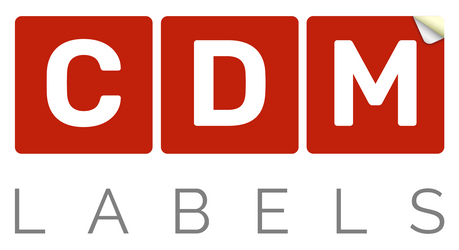
Price Labelling: The Definitive Guide
What is Price Labelling and Why is it Important?
Price labelling is the process of attaching or displaying a price tag or label on a product. It serves as a crucial element in the retail industry, providing essential information to both the seller and the buyer. Accurate and clear price labelling ensures transparency, builds trust, and facilitates smooth transactions.
Benefits of Effective Price Labelling
1. Transparency: Clear and visible price labels enable customers to make informed purchasing decisions. They can easily compare prices and choose the best option for their budget.
2. Trust and Credibility: Accurate price labelling builds trust between the seller and the buyer. It shows that the seller values transparency and respects the customer's right to know the price upfront.
3. Compliance with Regulations: Price labelling helps businesses comply with legal requirements and regulations related to pricing. It ensures that businesses adhere to fair trade practices and prevents misleading pricing strategies.
Best Practices for Price Labelling
1. Clear and Readable Labels: Price labels should be easy to read, with legible fonts and appropriate sizing. Avoid using overly decorative fonts that may confuse customers.
2. Consistency: Maintain consistency in price labelling across all products and store locations. This helps customers navigate the store easily and compare prices effortlessly.
3. Accurate Pricing: Ensure that the price labels accurately reflect the current price of the product. Regularly update the labels to avoid any discrepancies or customer dissatisfaction.
4. Prominent Placement: Display price labels in a prominent and visible location on the product packaging or shelf. This allows customers to quickly locate the price information without any confusion.
The Role of Technology in Price Labelling
1. Electronic Shelf Labels (ESL): ESLs are digital price tags that can be remotely updated. They offer real-time price updates, reducing the need for manual price changes and minimising pricing errors.
2. Barcode Scanning: Price labelling can be integrated with barcode scanning technology. Customers can scan the barcode label to instantly view the price and product information on their smartphones.
3. Online Price Labelling: E-commerce platforms utilise dynamic price labelling, where prices can be adjusted based on demand, availability, or promotional offers. This allows businesses to optimise pricing strategies and attract customers.
Price labelling plays a vital role in the retail industry, ensuring transparency, trust, and compliance with regulations. By following best practices and leveraging technology, businesses can enhance the price labelling process and provide a seamless shopping experience for customers.

